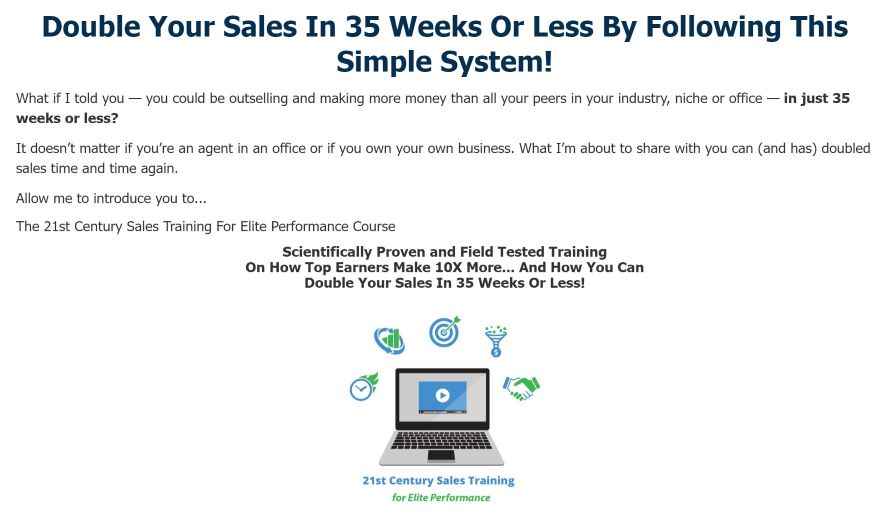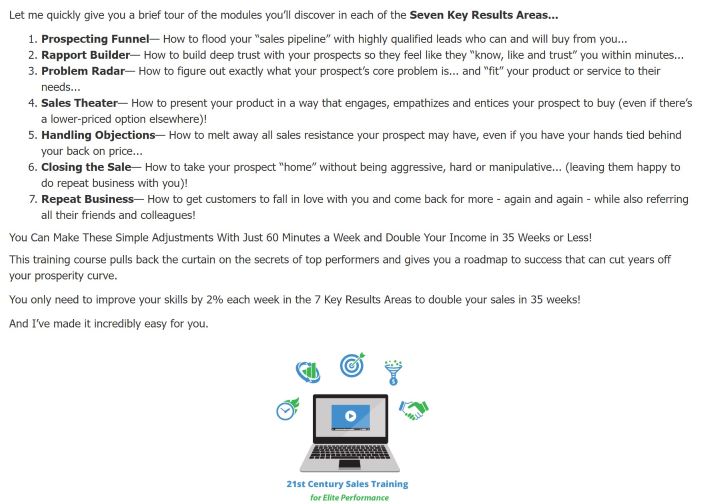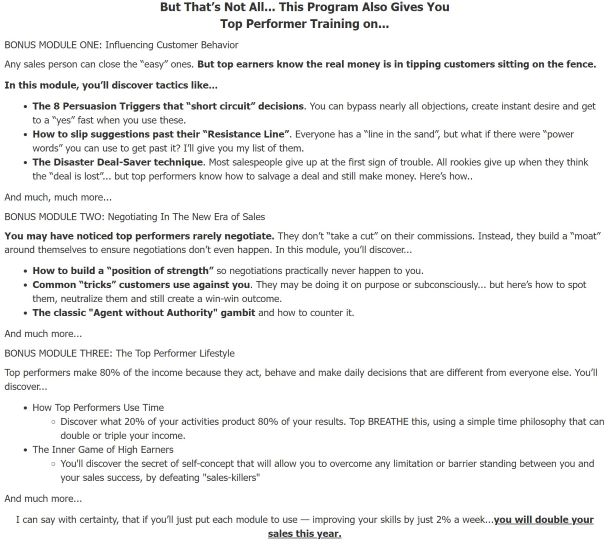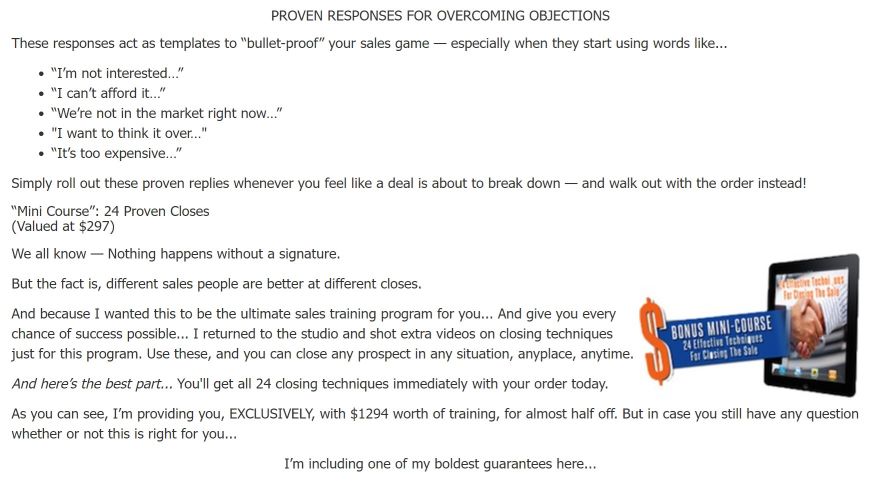
I like to think of selling as more than just a transaction; it’s about connecting with another person on a level that moves them to act. This interaction has a profound history, rooted in the foundation of commerce, evolving alongside many years of consistent education.
In today’s market, the ability to sell—whether it’s a product, a service, or an idea—is invaluable. A skillful sale is a blend of psychology, sociology, and a touch of artistry. It’s not just about moving a product off the shelf. It’s about understanding what drives people, what they value, and how they make decisions.
I want to help you recognize that learning to sell is not just for sales professionals. Whether you’re convincing someone to support a project, persuading stakeholders to fund an idea, or guiding a customer to purchase, the fundamentals of selling apply universally.
So, why is it essential to master the art of selling? Because knowing how to sell is knowing how to influence. It’s about developing trust and relationships, clear communication, and understanding human behavior. At its core, success in selling hinges on the seller’s ability to connect with the buyer. It’s that connection that forms the basis of our next section.

Understanding Your Audience: The Key to Sales Success
In sales, it’s fundamental to know who you’re talking to. Imagine walking into a room blindfolded and trying to connect with someone. You need to remove the blindfold to see and understand your audience clearly. This is where your success begins.
Demographics like age, gender, and income level provide a basic outline of your customers. But to understand your audience, you need to go deeper. Psychographics shed light on their lifestyle, values, attitudes, and beliefs. Combining these two data sets allows me to paint a detailed picture of my customers and craft resonating sales pitches.
It’s not just about gathering data; it’s about analyzing and applying it. When I actively listen to customer feedback and diligently monitor my sales interactions, I learn what works and what doesn’t. This information is gold – it tells me how to refine my approach, personalize my communication, and improve my success rate.
The next step in the sales process is to understand your audience: building trust and rapport. Without these, success can be limited.

Developing Rapport: Building Trust and Relationships
Creating a lasting impression and securing future sales begins with trust. I’ve seen firsthand that customers are more likely to purchase when they believe you have their best interests at heart. Authenticity isn’t just a buzzword; it’s the foundation of successful selling. To build a relationship, you must be genuine and transparent in every interaction.
The tools for earning trust are straightforward but require consistent application. Listen actively to your customers and show empathy for their needs and challenges. I make it a point to remember personal details and preferences, often turning a single interaction into a doorway for ongoing business.
But rapport goes beyond being personable. Knowledge of your product and the ability to match its features to the customer’s needs are pivotal. People appreciate it when I can help them understand how what I’m selling will enhance their lives or solve a specific problem they face.
Keep in mind, however, that building relationships is a long-term investment. It’s not about making one sale; it’s about crafting a customer journey that they feel valued and appreciated throughout. Doing so lays the groundwork for a loyal customer base to sustain your business.

Crafting a Compelling Value Proposition
You know your customers and have started to build a rapport with them. The next crucial step is creating a powerful value proposition. Your promise to your audience convinces them your product or service is worth their time and money. It’s about showcasing how your offering stands head and shoulders above the rest.
Start by focusing on what makes your product unique. What can you offer that no one else can? Is it an innovative feature, a better price, or perhaps your industry expertise? Identify this unique selling point and make it the cornerstone of your communication.
Remember to talk in terms of benefits, not features. Customers are interested in how your product can make their lives easier, not the technical details. Translate features into real-world benefits that resonate with your target audience. For example, an RV is not just a box of components listed in a brochure; it’s about creating a lifestyle of living comfortably on the road while visiting places you desire to enjoy. Wherever you are, you are home!
Additionally, ensure your value proposition speaks directly to your customer’s pains, challenges, and desires. What problem does your product solve for them? How does it alleviate pain points or enhance their lives? You aim to present your offering as the solution they’ve been searching for, simplifying their decision-making process.
For example, traveling to incredible destinations like the beach or the mountains involves staying in someone else’s idea of your home away from home. Hotels, Condos, Air BnBs, etc, are not always up to our standards. The solution is an RV home. No packing, your bed and bathroom, your kitchen, and the items you want to travel with.
Once you have developed a compelling value proposition—a concise statement that communicates the unique benefits and value a product or service offers to its target customers, it must be communicated effectively. This is not just about what you say but how you say it. The language should be clear and relatable to your audience. Avoid jargon and keep your message straightforward, making it easy for customers to grasp the value swiftly.
After you’ve nailed down your value proposition, it’s time to turn your attention to closing the sale. This involves more than just reciting a practiced pitch; it’s about guiding the customer through a decision-making journey that leads to ‘yes.’

Closing Techniques that Work
Mastering the art of closing a deal sets top sellers apart from the average ones. If you’ve built a strong rapport and presented a value proposition that resonates with the customer, your next step is to seal the deal confidently. Let’s go over some techniques that you can put to use right away.
The first technique involves addressing objections head-on. Be prepared to answer any concerns your customer might raise. Listen carefully, validate their concerns, and provide clear, factual information that reassures them.
Creating a sense of urgency is an art. While you don’t want to push too hard, suggesting that a good deal might not last or that supplies are limited can motivate buyers to act. However, the key here is subtlety; you want your customers to feel they’re deciding the right circumstances, not being pressured.
Knowing when to close is as important as how you close. Watch for buying signals, such as the customer nodding in agreement or asking about specific product use details. When you perceive these signals, it’s your cue to transition smoothly into the close.
The actual closing question should be simple and direct. Sometimes, a straightforward ‘Would you like to go ahead with the purchase?’ is all it takes. Alternatively, you might need to be more creative, using assumptive closes like ‘Shall we finalize it with the red or blue model?’
Remember, the sales process doesn’t end with the customer saying yes. After you’ve closed the deal, you must assure your customer they’ve made a great decision. This sets the stage for the next crucial step: post-purchase follow-up.

After the Sale: The Importance of Follow-Up
Once you’ve sealed the deal, the sale isn’t over; it’s just entering a new phase. Follow-up is not merely courteous; it’s strategic, fostering ongoing relationships and encouraging future business. Your goal now shifts from making a sale to ensuring satisfaction and building loyalty.
Effective follow-up starts with a simple thank you. Whether by email, a handwritten note, or a phone call, expressing gratitude shows you value the customer beyond the transaction. It sets the tone for future communications and signals the beginning of a sustained business relationship.
Regular check-ins are essential, but there’s a fine line between being attentive and intrusive. Timing your follow-ups can ensure you remain helpful without becoming a nuisance. A well-timed check-in after the customer has had time to experience the product can open the door to valuable feedback.
Customer support shouldn’t wane after a purchase. Ready assistance when a customer needs help or faces an issue is not just good service; it’s an investment in customer retention and brand reputation. This helps your customers feel assured that they made the right decision.
Collecting feedback is a powerful tool. It can highlight strengths to capitalize on and weaknesses to address. Don’t shy away from negative feedback; it offers the most explicit roadmap to improvement and shows you’re committed to excellence.
Referrals and testimonials stem from positive customer experiences. Encourage satisfied clients to share their experiences with others. Make it easy for them; provide links, offer incentives, and most importantly, deliver service worth repeatedly talking about.
This consideration for your customers fosters trust, setting the stage for them to return. As they do, you gather insights that feedback into your sales approach, leading to the next crucial step: using these insights for continuous learning and adaptation.

Continuous Learning and Adaptation in Sales
I believe that success in sales is not a destination but a continuous journey. Like any professional discipline, sales requires a commitment to learning and adaptation. The marketplace is constantly changing, and staying informed about these shifts is essential for staying relevant.
I strongly recommend embracing both positive and negative feedback. Although it can be challenging, criticism often contains valuable insights that can sharpen your sales techniques and strategies.
Committing yourself to ongoing education is also vital. This might mean taking courses, reading the latest industry books, or seeking out a mentor. Sales is a field where insider knowledge and experience can make a significant difference.
Pay attention to market trends and be ready to pivot your sales approach accordingly. Innovation is a constant in sales, and those who adapt quickly maintain an edge.
Rest assured, dedication to mastering the sales process through relentless improvement and adaptability will increase your revenue and enrich your personal development and professional expertise.
You can also check out this article for sales beginners.
Please leave a comment! I would love to know what your thoughts are on professional sales.






